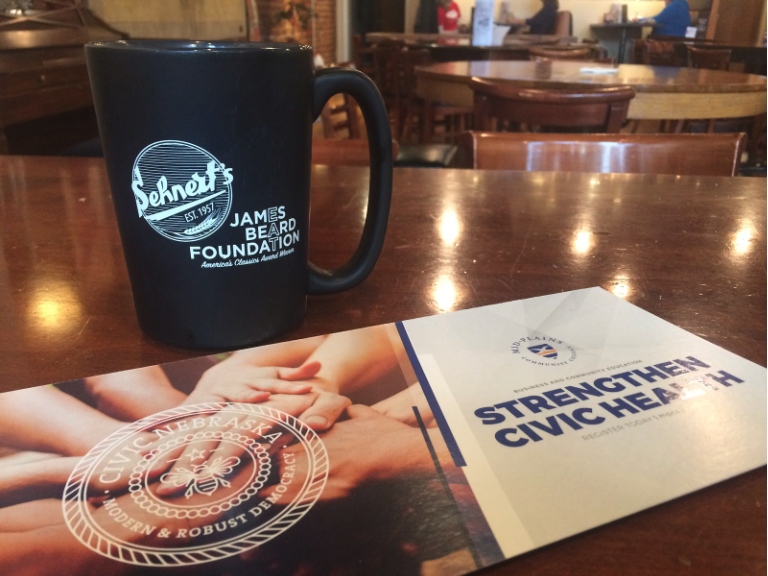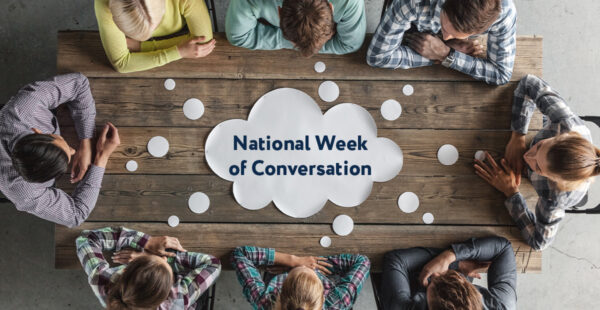On the road with a pair of civic health presentations last week in McCook and North Platte, I heard a familiar refrain around the state: We need to tell a better story about ourselves. That starts, I believe, by understanding and believing in our story.
Why do we sell ourselves short? It’s not from a shortage of strengths. For example, there’s the World War II-era North Platte Canteen’s revival to serve 700 servicemen and women in 2018, showing the “Canteen Spirit” is still alive in that community. McCook’s civic power has always been strong, from it being the home to George Norris and four Nebraska governors to live music in the park during Hot Summer Nights.

Yet, in my travels, it’s been there right there under the surface – a fragility in our belief and confidence in our communities. We can find ourselves apologizing for our towns. Instead of asking new people to town, “What took you so long to get here?,” we ask, “What brought you here?”
We are continually faced with the choice of recycling the narrative of disappointment, deficiencies, and resentment or taking a step down the path of gratitude, assets, and hope. I don’t think I need to belabor the point of which path to choose; the evidence for an approach focused on assets and strengths is well-documented.
But let’s not dismiss our disappointment just yet. Is there a way to positively channel disappointment in our communities’ current reality?
For starters, the disappointment (and stronger emotions) often comes from a place of care. “There cannot be deep disappointment where there is not deep love,” Martin Luther King Jr. once said. We can acknowledge and affirm the disappointment of our neighbors and still value their presence and the care they have for our community.
In addition, the disenchanted narrative we hear is often well-earned over years (decades!) of showing up, trying, failing, and trying again. It takes energy to choose a path of gratitude, assets, and hope. This energy first comes in the imagination necessary to imagine a future different from the one we see around us, and, then, the hope to carry us through while we work and wait for that future to get here.
Youth come across this imaginative energy naturally, seeing possibilities older folks might not have seen. For example, McCook’s Youth Chain Reaction group brings new energy and fresh ideas to community engagement while instilling these habits in the next generation of leaders.
Burnout happens. But instead of taking it as a sign of our inadequacy, we can accept it as a reminder that we can’t do it all ourselves – and then, wrap new people into the process.
Last, it’s important to remember that the problem with our negative narratives isn’t that they’re not true. It’s that they’re incomplete. In their seminal 1993 Asset-Based Community Development essay, John McKnight and John Kretzmann said an ABCD process begins with making a new “map” of our communities that includes assets to replace the old ones that contained only our needs and deficiencies.
The negative narrative is an incomplete account of our communities and one that is not entirely helpful in generating new possibilities and attracting others to be involved. Providing a positive narrative about our communities begins to build this new, asset-based map among our social connections, and adds to the discourse a more realistic account of what our communities have to offer.
How do we tell a better story about ourselves? It starts with building that honest map of our assets and strengths so we can tell a more accurate story about who we are today. This new, stronger description gives us something with which to work. It gives us a way to see ourselves being involved and making a difference – and, equally as important, it gives others a way to see themselves being involved as well.
Perhaps with a new map of our community and a heart full of Canteen Spirit, we can meet the negative narrative with a new opportunity to write new and vibrant chapters of our story.
– Daniel Bennett, Civic Nebraska



